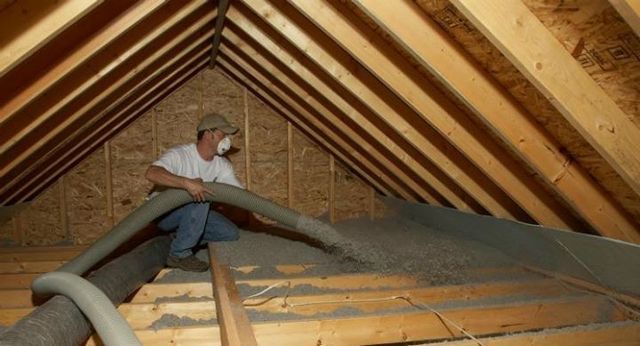The tendency is to forcibly stuff insulation in place.
Fluffing attic insulation.
Instead of laying batts or rolls our atticat insulation blowing machine conditions the atticat expanding blown in pink fiberglas insulation by fluffing it along the length of the hose adding millions of the tiny air pockets that give the material its insulating power.
The icaa readily acknowledges that cheating is still prevalent.
Before putting each piece in place simply shake it out gently.
This is how i did my entire attic without a helper or blow in machine.
But if the floor is covered in plywood you can t stuff enough insulation beneath it to do the job sufficiently not even in warm climates.
The types of insulation that were most commonly made with asbestos are loose fill also called blown in insulation.
This light as air insulation is manufactured from glass that is heated to a liquid and then spun into thin fibers.
Fluff your insulation as you install it.
The result was a plan to stop fluffing and cheating of loose fill insulation in attics now being promoted by the insulation contractors association of america icaa a trade association representing residential and light commercial building insulation contractors and manufacturers.
Because the simplest and cheapest way to insulate an attic is to add material to the floor.
At that point georgia power got serious.
Here s a technique to remember.
The insulation contractors association of america icaa recognizes this problem.
Icaa s plan to stop fluffing and cheating of loose fill insulation in attics which was published in 1996 succinctly states that cheating of blown insulation in attics is prevalent throughout the united states.
If your attic or wall insulation is in batt or blanket form whether it s fiberglass cellulose or another material you generally don t have to be concerned about asbestos.

